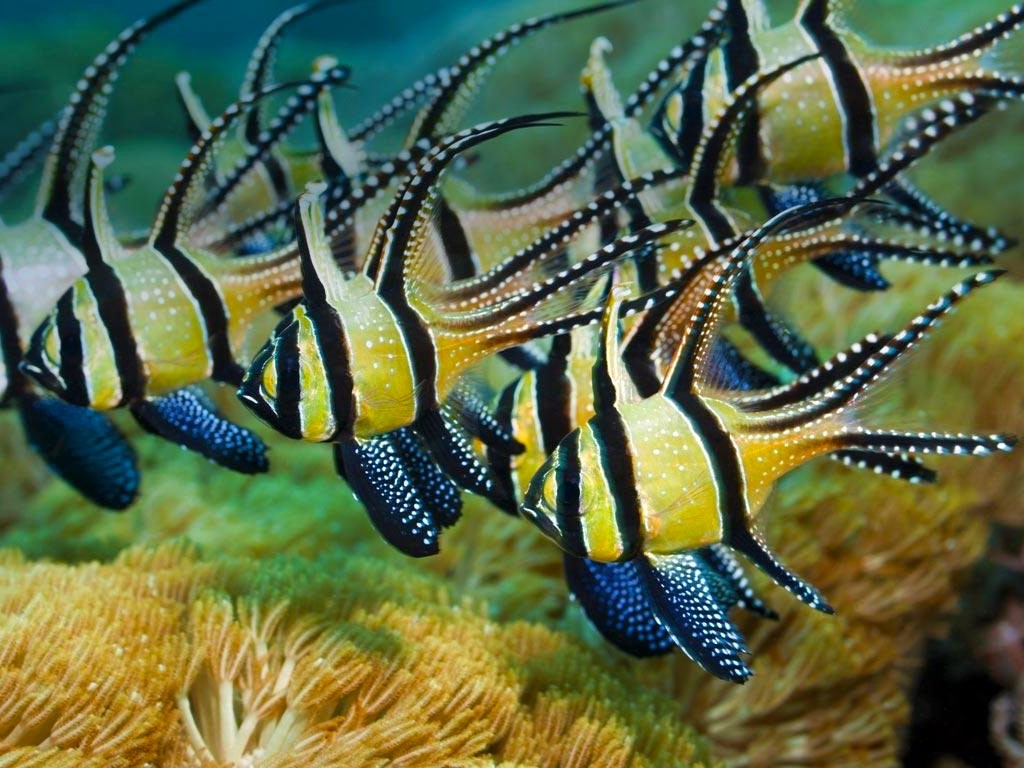
What is Aquaculture
There are a few different ways to classify hydroponic systems, and one way is to determine where in the world the nutrients come from. The category, “Nutrient Derivations” includes three sources of nutrients that may be used in a hydroponic system: Hydroponic, Bioponic & Aquaculture. Remember that the term Hydroponic is used to describe all systems in which a nutrient solution, regardless of its derivation, is dissolved in water.
Aquaculture, or fish farming, is a fascinating way of obtaining nutrition for hydroponic plants. Aquaculture describes fish or shellfish farming and refers to the breeding, rearing, and harvesting of aquatic plants and animals. Over the past several years, there has been a lot of negative press about aquaculture, but it is important to recognize that not all aquaculture is created equal. This should not come as a surprise; we know full well that not all farming or agriculture is managed the same way either. For example, some farmers use monocultures on vast expanses of land, which require tons of pesticides, herbicides, and water to produce clean-looking food crops. The food is then shipped, sometimes thousands of miles, to where it will be processed, then transported even farther to where it will be consumed. On the contrary, there are local farms that use methods, such as crop rotation and beneficial insects, to reduce or eliminate the need for pesticides, and are able to sell crops locally.
These are just examples of the differences in quality and environmental stewardship that happen on farms all across the world. The same is true for aquaculture. The way aquaculture feed is produced is a hot topic for discussion. Some fisheries use wild-caught fish to produce feed, which is counterproductive if using it on a fish farm. Other aquaculture facilities use feed derived from plants for a more environmentally sustainable approach.
Some fish farms have pens directly in an ocean or pond where fish effluent is released, increasing the nutrient content of the waters and leading to algae blooms and harmful die-offs. Many freshwater farms are able to utilize the effluent to fertilize crops, which can be beneficial for the aquaculture facility. By introducing plants into the system, farmers are able to utilize the fish waste instead of having to dispose of it. This simple fact could save aquaculture facilities much deliberation about what to do with the effluent, which is a cause for concern among fish farms worldwide.
Agroponic systems are able to trap fish effluent in the grow-media, where specialized bacteria break down harmful waste into the non-toxic form of nitrogen that plants can use. Plant roots uptake and utilize the nutrients, thus cleaning the water in a closed-loop system so the fish can reuse it. It is for this reason that agroponic systems, more than aeroponic or aquaponic systems, can more effectively utilize aquaculture. The nutrients would clog up the fine pores on the sprayer if used in an aeroponic system. Aquaponic, or deep-water culture systems, can use aquaculture, but it’s not optimal for either the plants or fish. Fish tend to nibble on plant roots if they are in the same aquatic environment as them, which reduces plant growth. Without much surface area for bacteria to attach to, the effluent is not properly converted into the usable form for the plants, so the water is not filtered as well, making conditions less than optimal for the fish.
Although using plants in aquaculture facilities is efficient for the fish farmers, it is less than ideal for hydroponic growers. Depending on fish as the sole source of nutrition for crops means having far less control over the amount of nutrition the plants receive. When fish are small, the amount of nutrients they produce is small compared to the amount needed to support most plants. If crops don’t receive the correct amount and type of nutrients, growth will be stunted or they may become chlorotic (turn yellow). Plants that don’t receive proper nutrition become more susceptible to pests and disease. Another thing to consider is that iron may need to be added to the system, as fish does not produce this element in their waste.
Hydroponic systems using aquaculture require much more maintenance than a system using concentrated mineral nutrients. Fish need to be fed several times a day, which takes a significant amount of time unless an automatic feeder is installed. The system needs to be monitored daily to recognize any problems, including sick or dead fish. Water quality parameters must be measured at least twice per week. In a hydroponic system, the only parameters of concern are Electrical Conductivity (EC) and pH. In aquaculture, the grower needs to keep track of EC, pH, Dissolved Oxygen, nitrates, nitrites, and ammonia. If any of these parameters is not within the proper range, either the plants or the fish will suffer.
Using plants within an aquaculture system is a great way for fish farmers to utilize excess nutrients, but it is not a very efficient method of growing robust plants. There are too many variables to keep track of that can affect the health of the plants or the fish, and ultimately the amount of food a grower is able to produce. We recommend sticking with traditional hydroponic nutrients instead of relying on aquaculture for your plant’s nutrition.

Hydroponic Nutrients

EC vs TDS

Organic Does Not Mean “No Pesticides”

How Plants Uptake Nutrients

What is Aquaponics
Trackbacks and pingbacks
No trackback or pingback available for this article.
Articles
Featured
-
 Five Tower Deck GardenRegular Price $2,499.00
Five Tower Deck GardenRegular Price $2,499.00 -
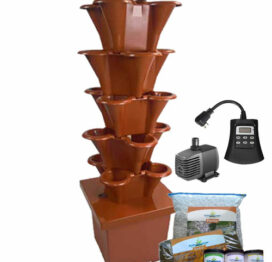 EzGro Patio GardenRegular Price $389.99 – $399.99
EzGro Patio GardenRegular Price $389.99 – $399.99 -
 EzGro Precision Micro TrimmerRegular Price $11.99
EzGro Precision Micro TrimmerRegular Price $11.99 -
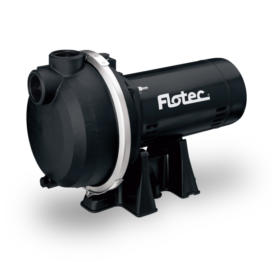 Thermoplastic Irrigation Pump 1 HPRegular Price $469.99
Thermoplastic Irrigation Pump 1 HPRegular Price $469.99 -
 5000 Watt 48 Volt Power InverterRegular Price $899.00
5000 Watt 48 Volt Power InverterRegular Price $899.00 -
 Drain Dish & Diffuser Dish Set 10 PackRegular Price $124.99
Drain Dish & Diffuser Dish Set 10 PackRegular Price $124.99 -
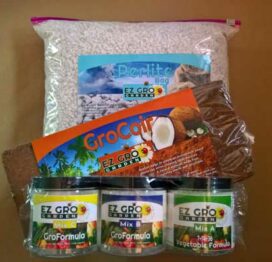 Patio Garden Recharge KitRegular Price $49.00
Patio Garden Recharge KitRegular Price $49.00 -
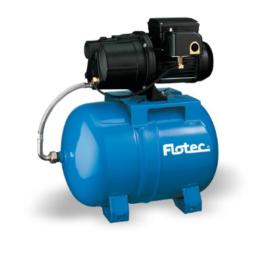 Rainwater Pressure Tank SystemRegular Price $449.00
Rainwater Pressure Tank SystemRegular Price $449.00 -
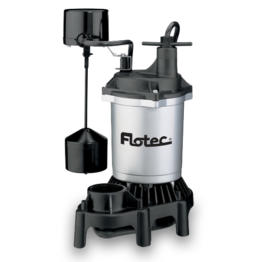 Submersible Thermoplastic Sump Pump 1/2 HPRegular Price $269.00
Submersible Thermoplastic Sump Pump 1/2 HPRegular Price $269.00 -
 Drain Dish & Diffuser Dish Set 5 PackRegular Price $69.95
Drain Dish & Diffuser Dish Set 5 PackRegular Price $69.95








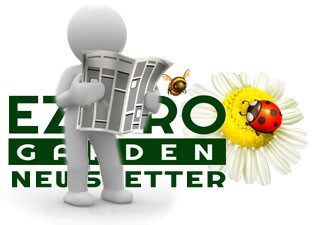
Leave a reply